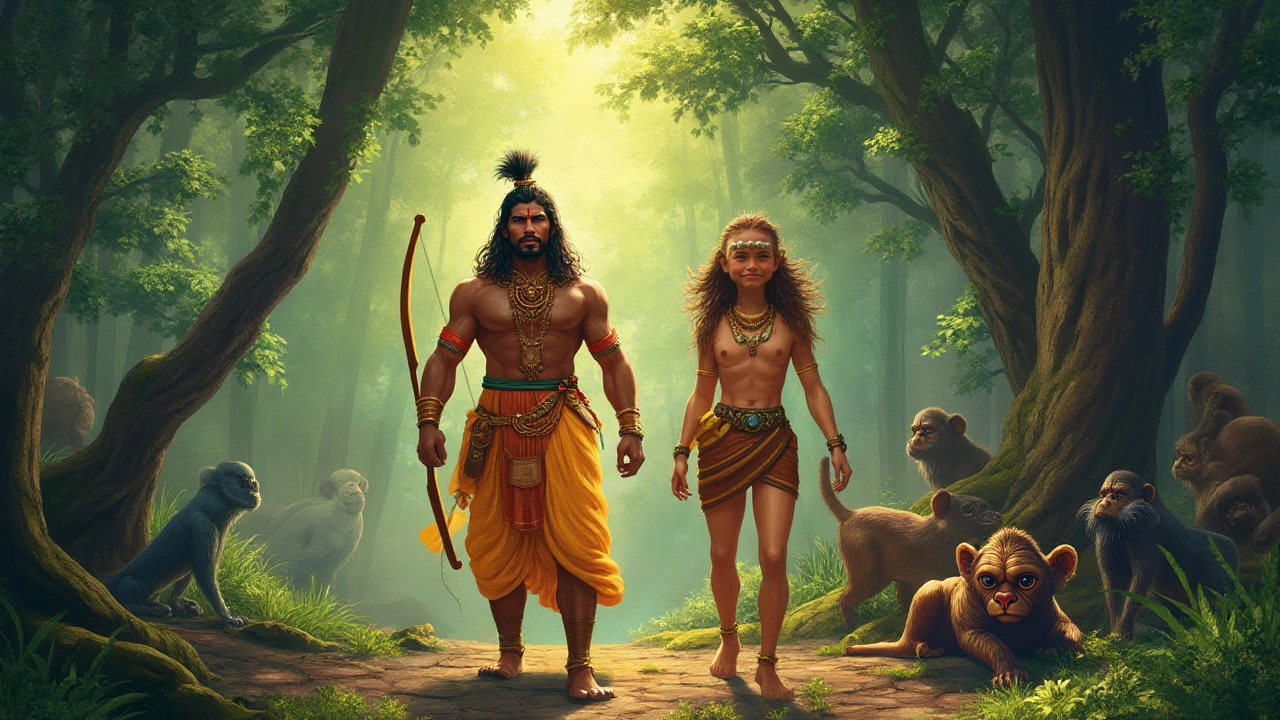Indian Epics Made Easy: Mahabharata and Ramayana
If you’ve ever heard the words "Mahabharata" or "Ramayana" and wondered what they are about, you’re not alone. These two books are the biggest stories ever written in India, and they shape everything from movies to daily conversations. Below you’ll find a quick rundown of each epic, why they still matter, and simple steps to start reading them.
Why Indian epics still matter
Both epics are more than just old tales – they are cultural roadmaps. The Mahabharata teaches about duty, family conflict, and the gray areas of right and wrong through the famous battle of Kurukshetra. The Ramayana shows the power of devotion, loyalty, and sacrifice with Prince Rama’s quest to rescue his wife Sita. You’ll hear these ideas echoed in modern Indian TV shows, school lessons, and even political speeches.
People also use lines from the epics in everyday speech. Phrases like "karma ki baat" or "dharm ki ladayi" come straight from the stories. Knowing the basics helps you understand jokes, proverbs, and the values that many Indians grow up with.
How to start reading them
Both epics are huge – the Mahabharata runs over 100,000 verses, and the Ramayana has about 24,000. You don’t need to read them cover‑to‑cover right away. Start with modern retellings that break the story into short chapters. Authors like R. K. Narayan ("The Mahabharata") or Devdutt Pattanaik ("Myth = Mithya") offer clear language and helpful footnotes.
Pick a format that fits your lifestyle. Audiobooks let you listen during a commute, while graphic novel versions give you visual cues for tricky parts. If you prefer a physical book, look for editions that include a short introduction and a glossary of names – names can get confusing fast.When you read, focus on the main plot first. In the Mahabharata, track the rivalry between the Pandavas and the Kauravas, the dice game, and the final war. In the Ramayana, follow Rama, Sita, Lakshmana, and the wise monkey‑god Hanuman. Once you have the skeleton, you can explore side stories like the Bhagavad Gita (a spiritual dialogue inside the Mahabharata) or the story of Ravana’s ten heads.
Take notes on characters and moral dilemmas that stand out. Ask yourself how the choices made by these ancient heroes compare to decisions you face today. That simple habit turns a mythic tale into a personal learning tool.
Finally, join an online forum or a local reading group. Discussing the epics with others brings fresh perspectives and helps you remember details. Many libraries also host free workshops that explain the cultural background in plain English.
By starting with a short, modern version, listening to an audio guide, or chatting with friends, you can enjoy the depth of the Indian epics without feeling overwhelmed. These stories have survived thousands of years because they speak to universal human experiences – love, duty, anger, and hope. Dive in, and you’ll see why they’re still the heartbeat of Indian culture today.
